Applying Machine Vision for PCB Assembly Line Optimization - Codemonk Machine Vision 2.0
Codemonk Machine Vision 2.0 revolutionizes PCB manufacturing with high-speed inspections, adaptive learning for precise defect detection, real-time robotic adjustments, and predictive analytics, all tailored to ensure quality, minimize waste, and boost efficiency in electronics production.
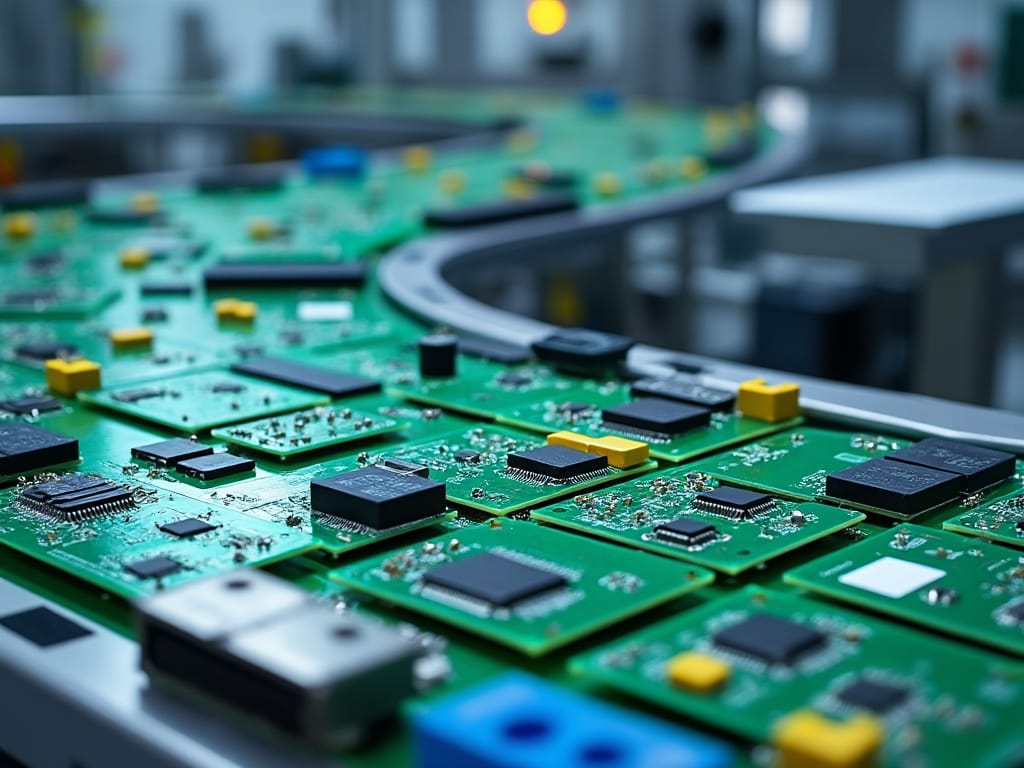
Imagine you're an engineer in a bustling electronics factory, where the hum of machinery blends with the anticipation of innovation. Here, every second counts, and every PCB that comes off the line could be part of a life-saving device or the next big tech revolution. To ensure that such solutions meet the criteria specified by manufacturers, we decided to birth a silent guardian to watch over the production line, ensuring that each component is precisely where it needs to be. This guardian is Codemonk Machine Vision 2.0, and today, we'll explore how this technology is not just overseeing but revolutionizing the manufacturing of Printed Circuit Boards.
The integration of machine vision into manufacturing isn't new, but what Codemonk 2.0 brings to the table is akin to equipping the factory with superhuman eyes. Here's how:
1. Beyond Human Capability:
While human inspectors are invaluable, the sheer speed and consistency offered by machine vision systems like Codemonk Machine Vision are unmatched. These systems can work tirelessly, inspecting thousands of units per hour with pixel-perfect accuracy.
2. The Learning Machine:
Codemonk 2.0 isn’t static; it evolves. With each PCB it examines, the system refines its understanding, learning to distinguish between what's a cosmetic imperfection versus a critical flaw. This adaptive learning reduces the rate of false alarms over time, making the manufacturing process more efficient.
3. Integration with Robotics:
Imagine this system not just pointing out flaws but also working hand-in-hand with robotic arms to fix minor issues on the fly. If a component is slightly off, a robotic tweak could correct it before the board moves down the line, blending correction seamlessly into production.
Common Issues in PCB Manufacturing
Before we explore how Codemonk Machine Vision 2.0 changes the game, let's look at common defects in PCB assembly:
- Misalignment: Components not aligned correctly on the pads can lead to functional failures.
- Solder Defects: Too little or too much solder, or even solder bridges where unintended connections occur.
- Missing Components: Sometimes, a component might not be placed at all.
- Component Orientation: Capacitors, diodes, and integrated circuits must be placed in the correct orientation.
- Foreign Objects: Debris or unintended items can find their way onto a board.
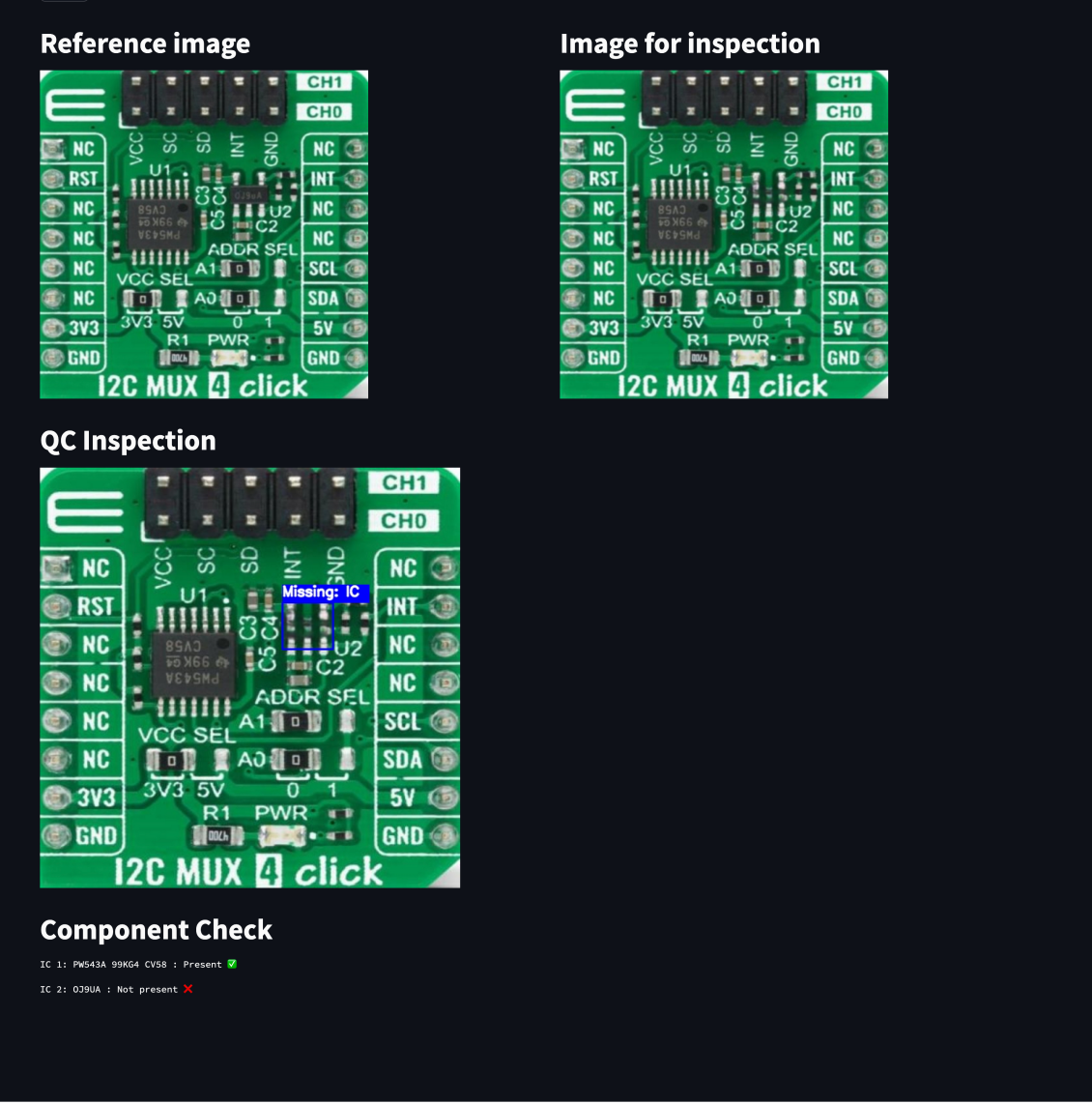
Codemonk Machine Vision 2.0 in Action
1. High-Speed Inspection:
Codemonk Machine Vision 2.0 uses high-resolution cameras that capture images of PCBs in real-time as they move along the conveyor. These images are processed instantaneously, allowing for the inspection of every single board without slowing down production.
2. Anomaly Detection:
Here's where things get interesting. Codemonk's algorithms are trained on thousands of images of perfect and defective PCBs. This deep learning approach enables the system to detect anomalies with an uncanny accuracy:
- Solder Joint Analysis: It evaluates the shape, size, and reflectivity of solder joints, identifying potential cold joints or excess solder.
- Component Verification: The system checks for the presence, correct type, and orientation of components using pattern recognition.
- Defect Classification: When an issue is detected, Codemonk not only alerts operators but also categorizes the defect, providing insights into whether it's a recurring problem or a one-off anomaly.
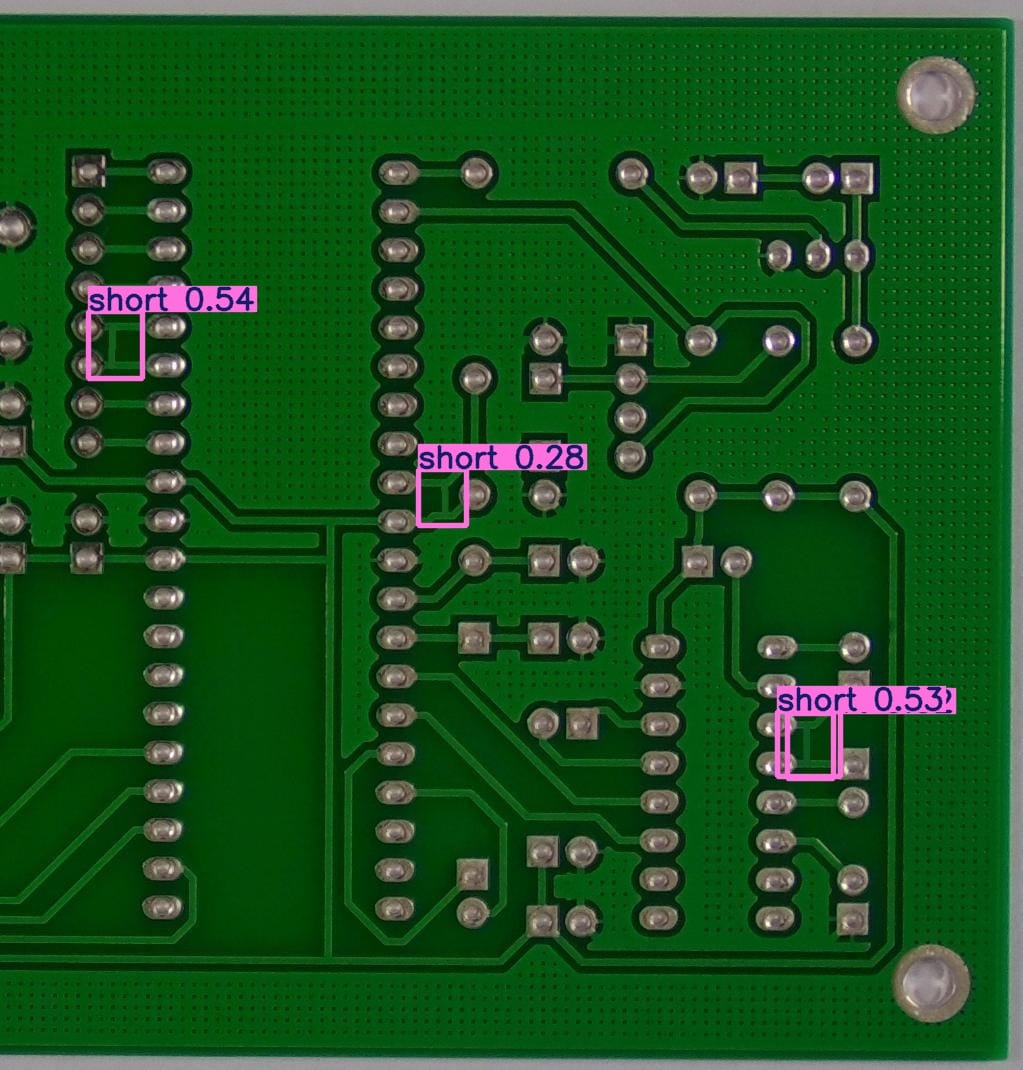
3. Actionable Insights:
The system doesn't just stop at detection. It provides operators with recommended corrective actions. For instance, if a solder defect is detected, it might suggest adjusting the temperature of the soldering equipment or the speed of the conveyor belt.
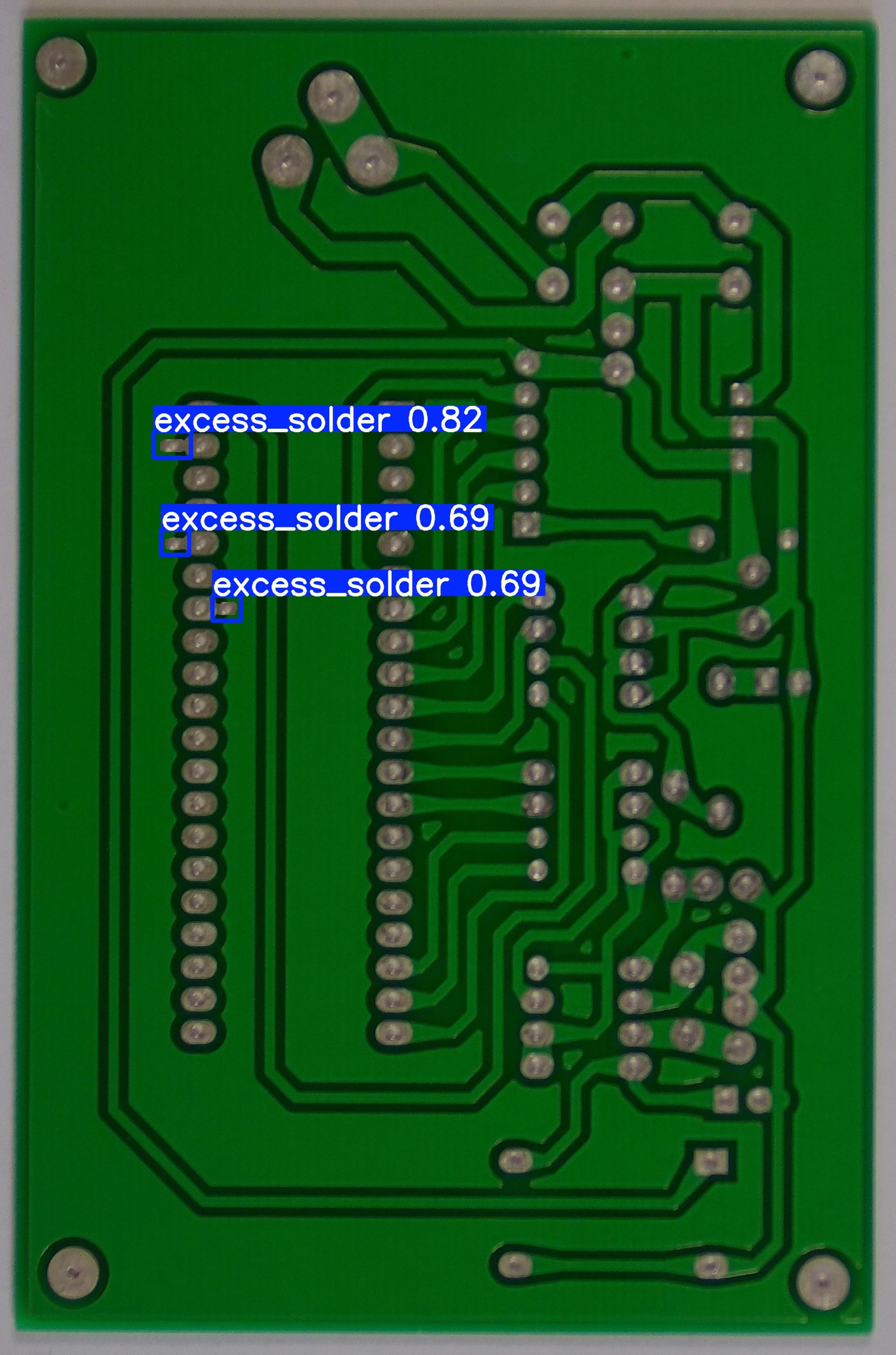
4. Self-Supervised Learning:
One of the standout features of Codemonk Machine Vision 2.0 is its ability to learn from new data. Each new defect identified teaches the system to become even better at its job, reducing false positives and increasing the precision of defect identification over time.
Enhancing Efficiency and Quality
- Real-Time Feedback Loop: Immediate detection means immediate correction, drastically reducing the number of defective products that reach the end of the line.
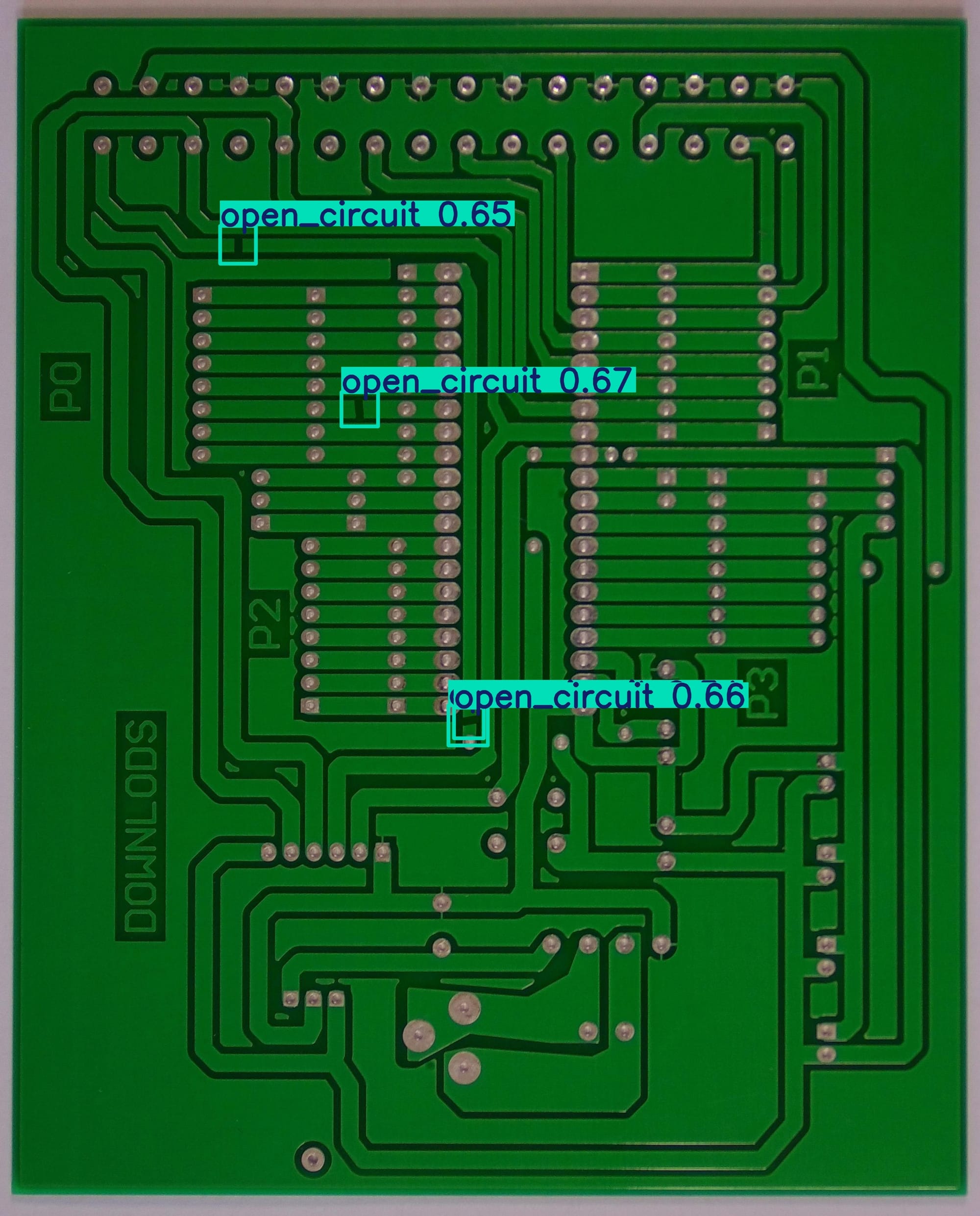
- Data Analytics: Codemonk collects data on every inspection, which can be analyzed for trends, anomalies, improvements, and more quantifiable metrices that enhance the assembly line. This approach helps in predictive maintenance of the manufacturing equipment, optimizing the assembly pipeline, and even in redesigning PCBs for easier manufacturing.
- Reduction in Manual Inspection: By automating the visual inspection process, manufacturers can reallocate human resources to more complex tasks, thereby increasing overall productivity.
- Cost Efficiency: Fewer defects mean less rework, less waste, and higher yield. This directly translates to cost savings and higher profit margins.
- Dynamic Adjustments: Codemonk can dynamically adjust its parameters based on environmental changes. Lighting variations, temperature shifts, or even slight alterations in PCB design can be accommodated without manual recalibration.
- Customizable Inspection Profiles: Different PCBs require different checks. Codemonk allows for the creation of unique inspection profiles tailored to specific product lines or even individual products, ensuring optimal inspection criteria are met.
- Traceability: Every PCB can be tracked with unique identifiers, allowing for a full history of inspections and adjustments. This traceability is crucial for high-stakes industries like aerospace or medical devices where accountability is paramount.
From raw material inspection to the final product, these systems could ensure that every product meets rigorous standards before it leaves the factory.
Let's paint a picture with a scenario:
A new batch of high-frequency PCBs for 5G infrastructure is on the line. These boards are complex, with finer circuitry and more densely packed components than ever. Here's where Codemonk Machine Vision 2.0 shines:
- Precision at Scale: It inspects these intricate designs at a microscopic level, ensuring that the integrity of high-speed signals isn't compromised by manufacturing defects.
- Feedback Loop: If a batch of components from a new supplier starts showing a higher defect rate, Codemonk alerts the quality control team and can even suggest switching back to a proven supplier or adjusting the assembly process.
- Preventive Maintenance: By analyzing trends in component placement accuracy or solder quality, Codemonk can predict when a machine might need servicing before it affects production quality.
Moreover, with the advent of IoT, these vision systems can communicate with other machines. If and when the Machine Vision solution detects a recurring issue, it could automatically adjust parameters on a soldering robot or alert the supply chain if there's a batch of components consistently causing defects.
Applicability and Future Prospects
In the quest for perfection in electronics manufacturing, Codemonk Machine Vision 2.0 stands as a beacon of progress. By integrating such advanced machine vision technology, manufacturers not only enhance product quality but also streamline operations, reduce costs, and stay competitive in a market where quality and efficiency dictate success. The solution wasnt necessarily build to detect errors; but rather about about creating a seamless, intelligent, and highly efficient assembly line where technology and human ingenuity work in perfect harmony. Rightly so, engineers at Codemonk believe that the future of manufacturing is not just automation; it's refinement towards perfection.
Do reach out to us with machine vision use cases, and we will see to it that the use case becomes a success story.

